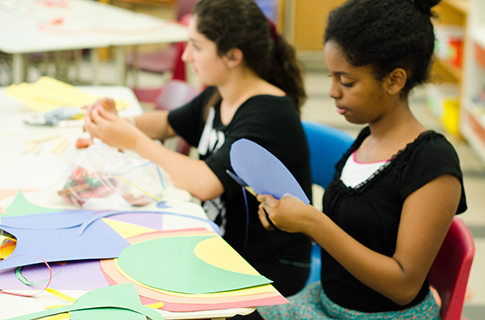Type and Purpose of Learning
In this lesson, children engage in adventure play-based learning as they take and manage risks in a collaborative environment. While engaged in construction learning, they make choices to build their puppets. In the process, students work together as a team, taking turns and solving problems.
Through creative and language play-based learning, the children express original thoughts and use their imagination to help them discuss or retell the story. Finally, children engage in make-believe learning to explore their characters’ feelings, situations and relationships so as to develop a story and performing arts play-based learning to dramatically retell the book.





